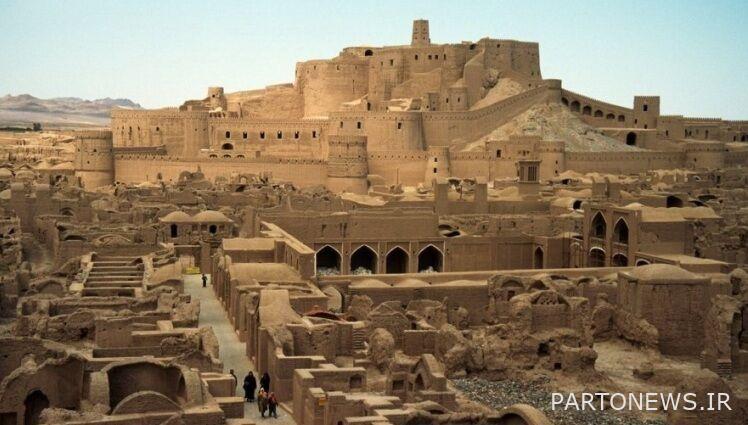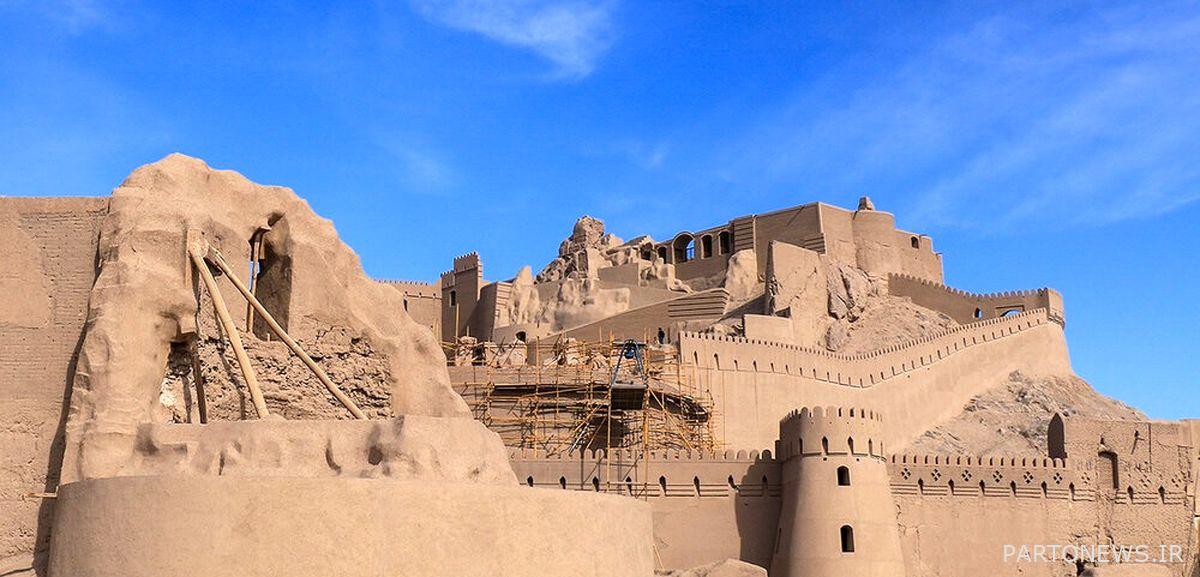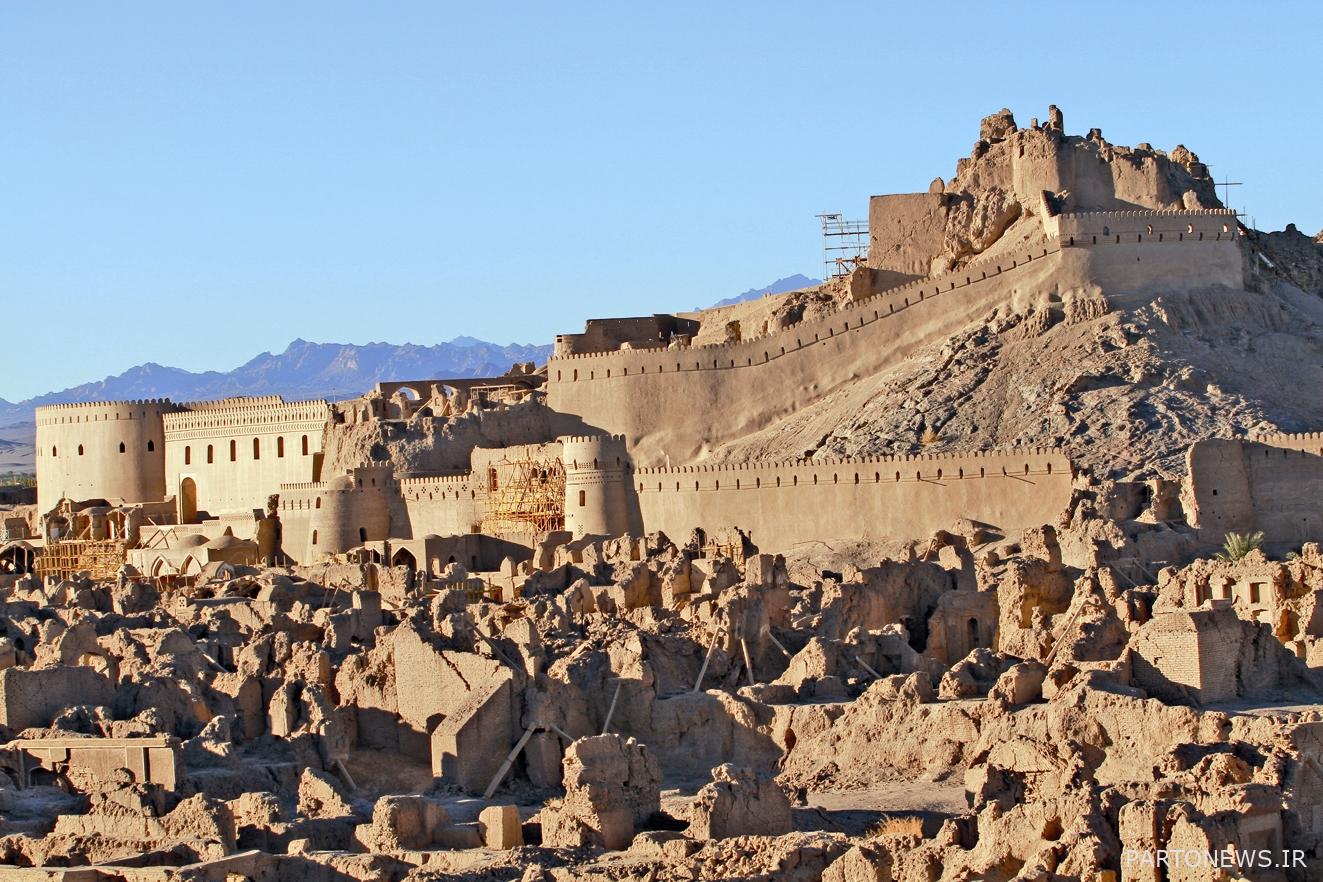Bam Citadel, 18 years after the earthquake

“18 years have passed and life has returned to Bam and the citadel of Bam has reappeared and the city has taken on a new color and smell, but there is no one in Bam who forgets the 5:28 AM on Friday, January 25, 1982 with all the details of that moment. “He did.”
According to ISNA, the Iranian newspaper wrote: “On January 26, 18 years ago, when the morning sun shone on the ruins of Bam and showed that amount of rubble and ruin, who thought that the citadel and the city of Bam would rise like a phoenix again?” And be alive.
Today is the 5th of January, the anniversary of the devastating earthquake in Bam; An earthquake that no citizen of Bam has yet been able to forget; A bitter and painful event that is alive in the collective mind of the city and of course the collective memory of Iranians. The night the ground shook and roared with a terrifying sound, and minutes later the city fell silent like an abandoned cemetery.
Today, the pergola of the citadel has risen to the sky again, the palm trees have prayed, and the people of the city, although in pain, still stand proudly in the desert with the heat in their hearts.
The organ that was, the organ that is
Bam Citadel is one of the most important centers of urban civilization in Iran, which during its long life, which dates back to several centuries BC, never died forever, and every time after death, the novice and the enchanter rose from the ashes.
In the earthquake of 1982, many parts of the citadel collapsed and after the simultaneous registration of “Bam and its cultural landscape” in the World Heritage List and the List of Endangered World Heritage, numerous domestic and foreign studies and researches to save it and other historical monuments in the cultural landscape. Bam started.
“Bam and its Cultural Landscape” was registered as the seventh Iranian work in the UNESCO World Heritage List six months after the earthquake and on July 8, 1983. The area of Bam cultural landscape is 23,000 hectares and its most significant historical monument is Bam citadel with an area of about 20 hectares and its most important cultural and social monument is Baghshahr, subterranean civilization and other identity features of Bam.
Mohsen Ghasemi, director of the Bam World Base, told Iran newspaper: “And it was done abroad. In 1991, this world work was removed from the list of endangered heritage.”
According to Ghasemi, now more than 90% of the repair and reconstruction of the parts considered by UNESCO experts have been completed, and of course, according to these experts, with the aim of recording the earthquake event in the history of Bam Citadel and informing the future, other parts of the citadel should not be reconstructed. .
Referring to the serious efforts and determination of the base’s internal experts and about 150 workers active in the Bam Citadel rescue project, he explained that the first phase of the Sistani house was done by the Germans in six years and the second phase was done in seven months based on internal power. “This year, on the anniversary of the earthquake, we are ready to unveil the second gate mansion and the large and beautiful tower of the army commander, and continue the citadel restoration operation, reconstruction of Mirzanim school and Mirakbar house, government stables, construction of the western ruler fence and restoration of the refrigerator,” he said. The Museum of History and Archeology is on the agenda in cooperation with the municipality, and the lighting of the citadel will be completed by the end of this year. “The reconstruction of Farangi was one of the most important measures taken in the past year and a half, which both made the people of Bam happy and made the appearance of the Bam citadel more complete and closer to what it was before the earthquake.”

Dirty streets, the youngest ancient city
As you walk through the city, more than 18 years after the devastating earthquake, dirt alleys catch your eye; Alleys that were once full of thatched houses with tall palm trees; Three thousand dirt alleys are not small. Each of these alleys reminds you that the city has survived a devastating earthquake.
“In addition to the historic citadel, the reconstruction of the city of Bam has also begun. After the earthquake, a total of 28,000 residential units and 7,000 commercial units were rebuilt. “Nevertheless, the people of Bam are still struggling with problems, including dirt roads and alleys.” Hadi Shahsavarpour, the governor of Bam, says: “Because the end of the reconstruction of Bam was announced early and the process of allocating national funds was stopped, Bam today, in addition to being one of the oldest cities in Iran, is the youngest and safest city in the country against earthquakes As well. “The Bam earthquake led to the formation of the Crisis Management Organization and the change of many technical regulations of the building, which was in fact one of the positive results of this tragic event at the national level, which, of course, the Bamis paid a heavy price for.”
Shahsavarpour, while enumerating some of Bam’s very good capacities today in the fields of tourism, industry, mining, agriculture, communication and the special economic zone of the new citadel, asks investors to choose Bam as one of their investment destinations.
In addition to the governor, Karim Ghazanfarabadi, the chairman of the Bam city council, also raises the issue of the city’s dirt alleys: The number of dirt alleys in Bam is 3,000. These alleys should be asphalted during the reconstruction process, taking into account the national budget, so that the injured citizens of Bam are not at least exposed to dust and an unsanitary environment. “Asphalting this number of alleys is not within the power of Bam Municipality, and this problem must be solved with the special attention of state officials, especially the Ministry of Roads and Urban Development.”

Identity; Missing ring of Bam reconstruction
The city of Bam has been rebuilt. Perhaps, if someone has not seen Bam before the earthquake, he can not imagine what happened to the people of this city and what happened to them, but how much attention has been paid to the city’s identity and cultural background in the reconstruction of the city?
Mohammad Javad Rahimnejad, a socio-cultural activist, says: “The lack of identity and cultural recovery and the lack of comprehensive social studies in Bam are among the missing links in reconstruction in this city. Although the issue of identity along with strength and participation was one of the main axes of Bam reconstruction, but we see almost no trace of it in the reconstruction of the city. “Unfortunately, the issue of historical, architectural and cultural identity of Bam is less seen in this reconstruction, and this issue, which means serious damage to the urban identity, is quite tangible at the age of 18 by the earthquake.”
According to him, the revival of cultural Bam, continuous review and monitoring of social issues and providing solutions to eliminate social harms should be on the agenda and goal of all grassroots activists, government officials and non-governmental organizations these days. Be.
Masoumeh Kamal-ud-Din, a university lecturer and author of The Sociology of Disaster, also addresses this issue. He also lost a number of his family members in the Bam earthquake. “Bam’s social status is declining even more for various possible crises in the future.”
18 years have passed and life has returned to Bam and the citadel of Bam has reappeared and the city has taken on a new color and smell, but there is no one in Bam who has forgotten the Friday of the 5th of January, 1982, with all the details of the moment, at 5:28 AM. “Be.”


